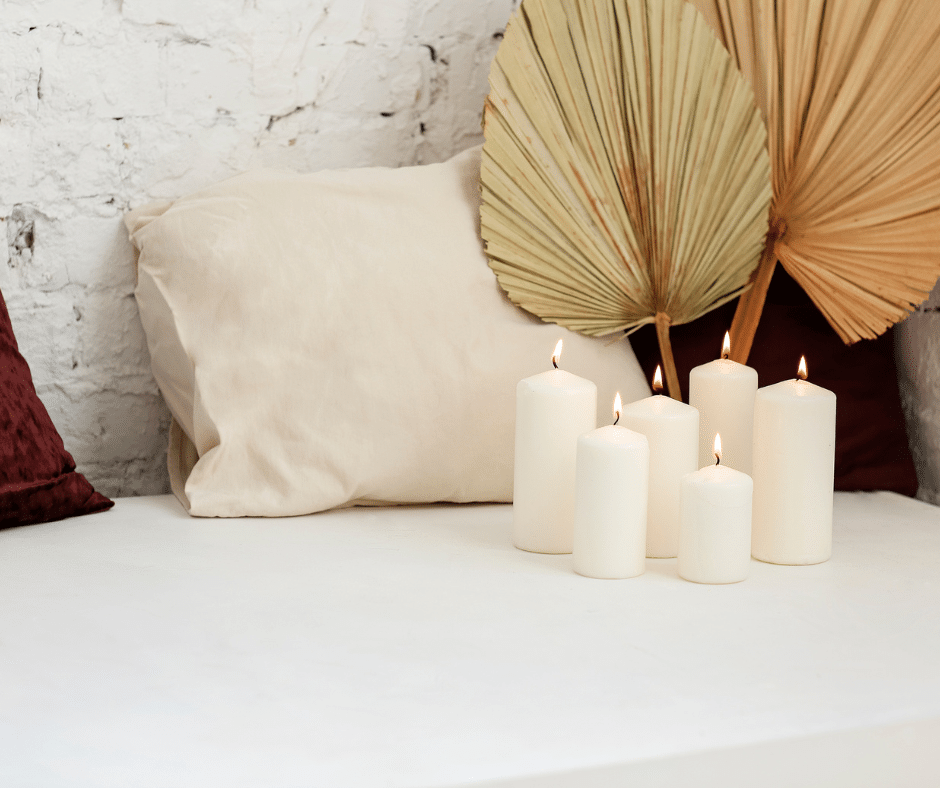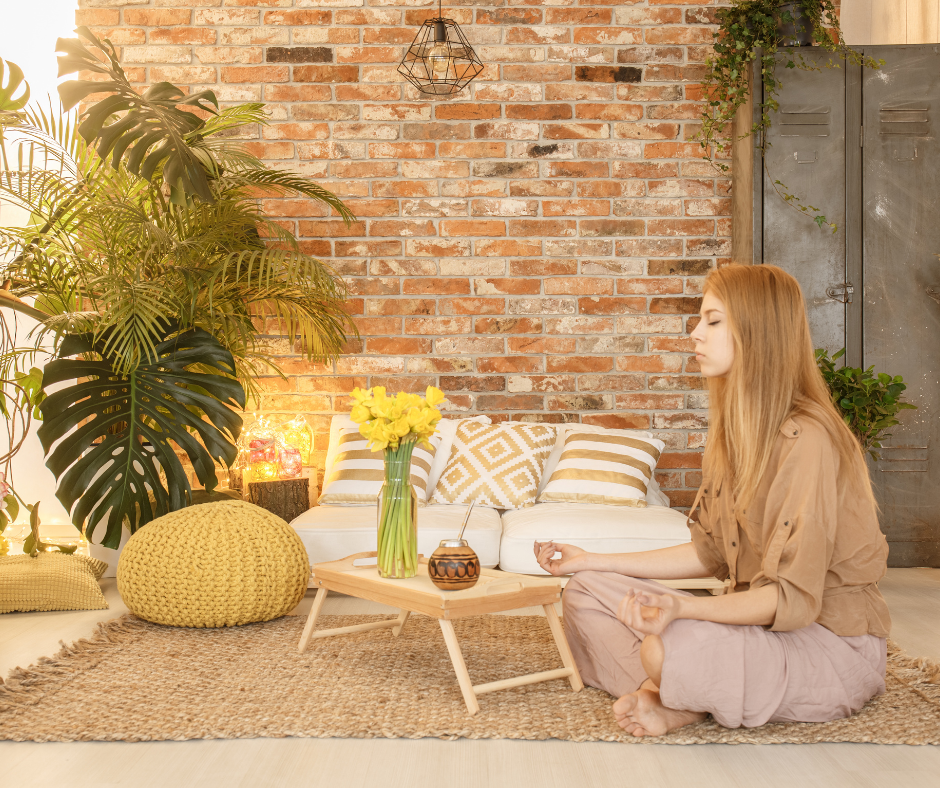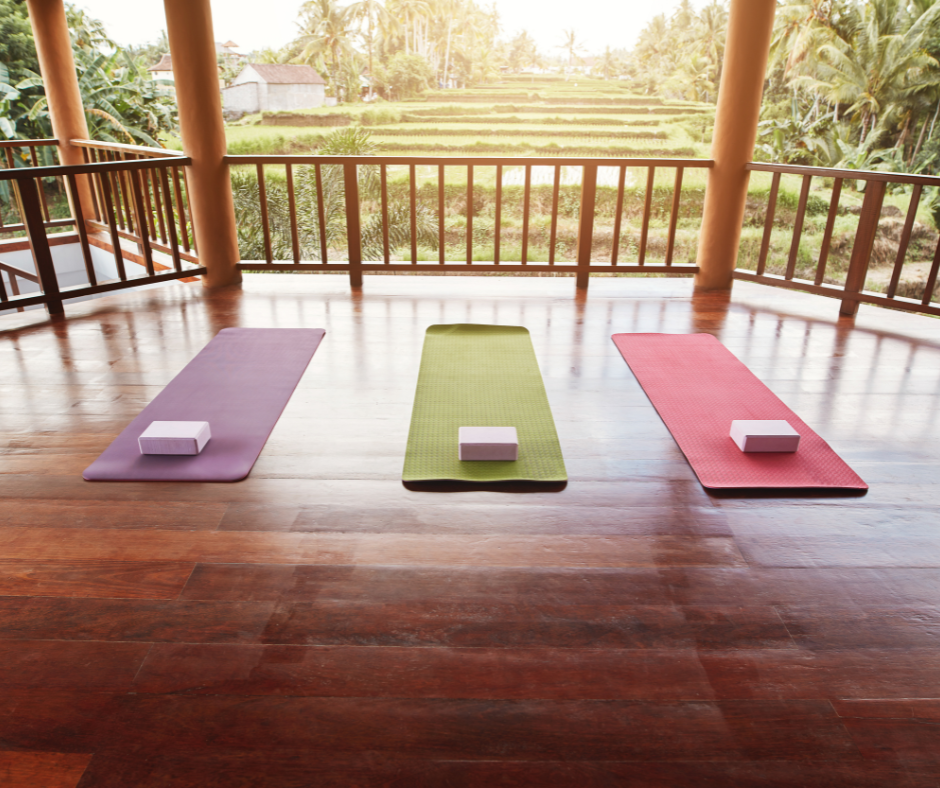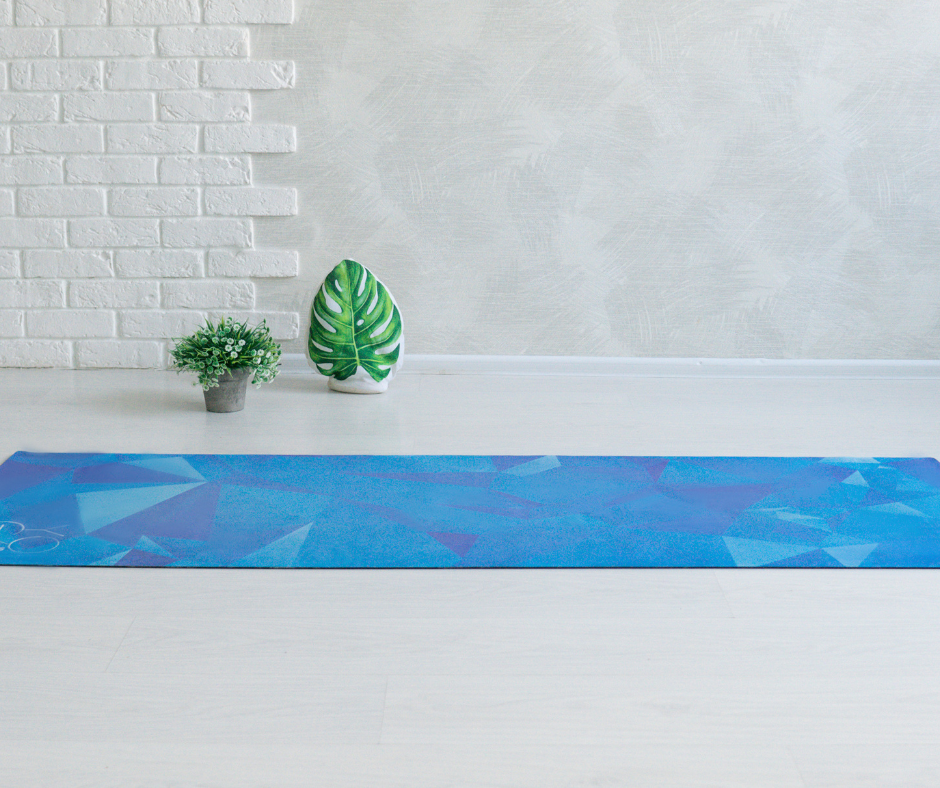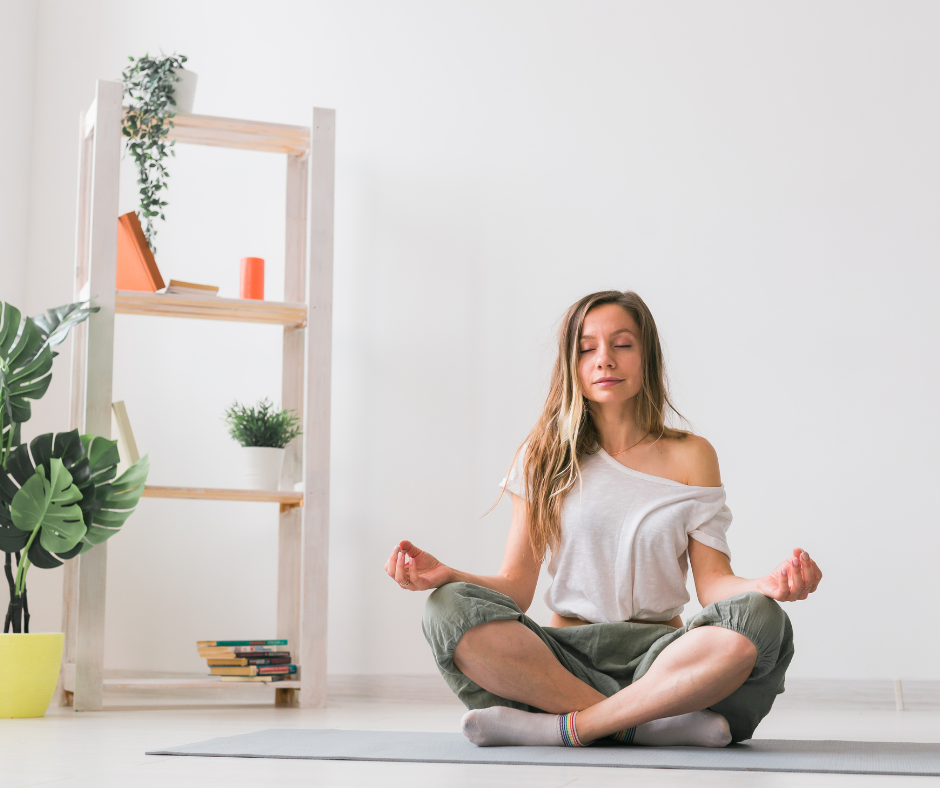Having a dedicated space for meditation, quiet reflection, and spiritual connection is more than a luxury—it’s a necessity. Creating a sanctuary at home can provide a much-needed retreat where you can rejuvenate your mind, body, and spirit. Here are some tips to help you design a sacred space that fosters peace, introspection, and spiritual practice.
1. Choose the Right Location
Selecting the perfect spot for your sanctuary is the first step. It should be a place where you feel comfortable and where you can minimize distractions. Consider these options:
- A Corner of a Room: Utilize an unused corner of your living room or bedroom.
- Spare Room: If you have an extra room, converting it into a dedicated meditation space is ideal.
- Outdoor Space: A quiet spot in your garden or balcony can also serve as a serene retreat.
2. Clear the Clutter
Clutter can disrupt the flow of energy and make it difficult to relax. Keep your space clean and organized. Use storage solutions like baskets or shelves to keep items neatly arranged. Removing unnecessary items will help create an environment conducive to meditation and reflection.
3. Personalize Your Space
Infuse your personality and spiritual beliefs into your sanctuary. Here are some ways to personalize your sacred space:
- Altar or Shrine: Create a small altar with meaningful objects such as crystals, candles, photos, or religious symbols.
- Comfortable Seating: Invest in a comfortable cushion, chair, or yoga mat to support your body during meditation.
- Spiritual Tools: Incorporate tools you use in your practices, such as prayer beads, singing bowls, or meditation timers.
4. Use Calming Colors and Lighting
Color and lighting play crucial roles in setting the mood of your sacred space. Choose colors that promote tranquility and calmness, like soft blues, greens, or earth tones. Soft, ambient lighting, such as candles or dimmable lamps, can enhance the peaceful atmosphere.
5. Incorporate Nature
Bringing elements of nature into your sanctuary can help ground your spiritual practice. Consider adding:
- Plants: Live plants can purify the air and add a touch of greenery.
- Water Feature: A small fountain or bowl of water can create soothing sounds.
- Natural Materials: Use wooden furniture, stone accents, and other natural materials to create a harmonious environment.
6. Engage the Senses
A truly sacred space engages all of your senses. Here’s how you can achieve that:
- Aromatherapy: Use essential oils, incense, or scented candles to create a calming aroma.
- Sound: Play soft, meditative music or nature sounds to enhance relaxation.
- Textures: Incorporate cozy blankets, cushions, and rugs to add tactile comfort.
7. Set Boundaries
Establish clear boundaries to protect your sacred space. This might mean setting specific times when the space is used for meditation and spiritual practices or communicating to family members that this area is a place of quiet and should be respected.
8. Regular Maintenance
Keep your sacred space fresh and inviting by regularly cleaning and decluttering. Periodically rearrange or refresh the items in your space to keep the energy flowing and aligned with your current spiritual state.
9. Make It Functional
Ensure your space is functional for all your spiritual practices. This might include:
- Storage Solutions: Keep items like journals, books, or spiritual tools within easy reach.
- Multifunctional Furniture: Use furniture that can serve multiple purposes, such as a bench that doubles as storage.
10. Practice Mindfulness
Finally, the most important element of your sacred space is the intention you bring into it. Approach your sanctuary with mindfulness and respect. Use it regularly to meditate, reflect, and connect with your spiritual self.
By creating a sanctuary at home, you’re not just designing a physical space; you’re cultivating a habit of peace and introspection that can profoundly impact your overall well-being. Whether for meditation, spiritual rituals, or quiet reflection, your sacred space can become a cornerstone of your daily life, providing a refuge from the outside world and a haven for inner growth.


